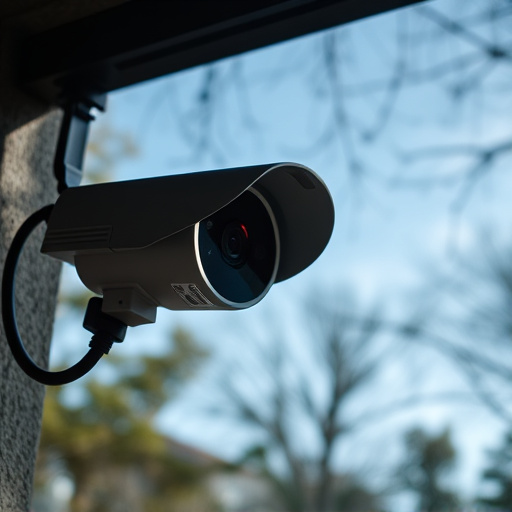Concealed cameras in babysitters' care pose ethical dilemmas but offer parental peace of mind through remote footage access via smartphone apps. To balance privacy concerns, society needs clear guidelines and legal frameworks for responsible use of these monitoring devices. For parents considering this option, understanding electromagnetic signals hidden in such tech can help uncover potential surveillance, enhancing safety while fostering trust with caregivers.
Uncover the unseen with our guide on hidden lens electromagnetic signal scanning. In an era where privacy is paramount, understanding how to detect concealed cameras for babysitter monitoring is essential. This comprehensive overview delves into the science behind electromagnetic signals and their interaction with hidden devices. We explore practical applications, focusing on a scanning guide for parents seeking peace of mind. Additionally, we navigate ethical considerations, striking a balance between safety and privacy concerns.
- Understanding Electromagnetic Signals and Hidden Cameras
- Implementing a Scanning Guide for Babysitter Monitoring
- Ethical Considerations and Privacy Concerns
Understanding Electromagnetic Signals and Hidden Cameras
Electromagnetic signals are an invisible yet omnipresent aspect of modern life, with various devices emitting them constantly. From your smartphone to smart home appliances, these signals play a crucial role in communication and data transfer. When it comes to hidden cameras, understanding electromagnetic signals becomes essential for detection. These tiny devices often operate using wireless technology, employing radio frequency (RF) or infrared (IR) signals to transmit footage or activate remotely.
For parents considering Concealed Cameras for Babysitter Monitoring, recognizing the potential of electromagnetic signal scanning is a game-changer. It allows them to uncover hidden cameras discreetly and ensure the safety of their children. By employing specialized equipment to detect these subtle signals, parents can rest assured that they are one step ahead in monitoring their loved ones’ well-being, especially when left in the care of others.
Implementing a Scanning Guide for Babysitter Monitoring
Implementing a scanning guide for babysitter monitoring is a smart way to ensure peace of mind while your children are at home with a caregiver. In today’s digital era, concealed cameras for babysitter monitoring have become an increasingly popular tool for parents seeking added security. These hidden lenses, often integrated into everyday household items like toys or decorative pieces, capture footage that can be remotely accessed by parents via smartphone apps.
By utilizing this technology, parents gain real-time visibility into the caregiver’s interactions with their children, fostering trust and enabling them to address any potential concerns promptly. A well-planned scanning guide should outline specific rules and expectations for both the babysitter and parents, ensuring a harmonious relationship built on transparency and accountability.
Ethical Considerations and Privacy Concerns
The use of hidden lens electromagnetic signal scanning devices, particularly in domestic settings, raises significant ethical considerations and privacy concerns. While tools like concealed cameras for babysitter monitoring may seem appealing to parents seeking assurance, they tread on sensitive territory regarding personal space and privacy rights. The very nature of these devices allows for unobtrusive surveillance, which can create an atmosphere of mistrust and strain relationships within families.
Moreover, the potential misuse of such technology poses a grave risk to individual freedom. Unregulated deployment of concealed cameras could lead to invasion of privacy on a widespread scale, with consequences extending beyond mere disruption of personal lives. It is crucial for society to establish clear guidelines and legal frameworks governing the use of hidden lenses, ensuring that any monitoring is conducted responsibly, ethically, and within defined boundaries.
The hidden lens electromagnetic signal scanning guide offers a unique approach to monitoring babysitters, leveraging technology to ensure safety and peace of mind. By understanding electromagnetic signals and their potential association with concealed cameras, parents can take proactive steps in private home surveillance. While ethical considerations and privacy concerns are valid, responsible use of this method, combined with open dialogue between caregivers and families, can foster a safer environment for children under supervision. When implemented thoughtfully, concealed cameras for babysitter monitoring can serve as a valuable tool to address modern parenting challenges.
